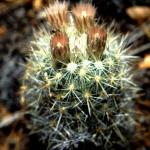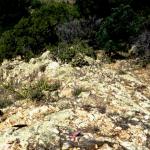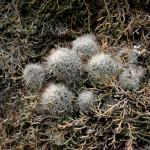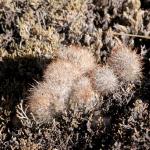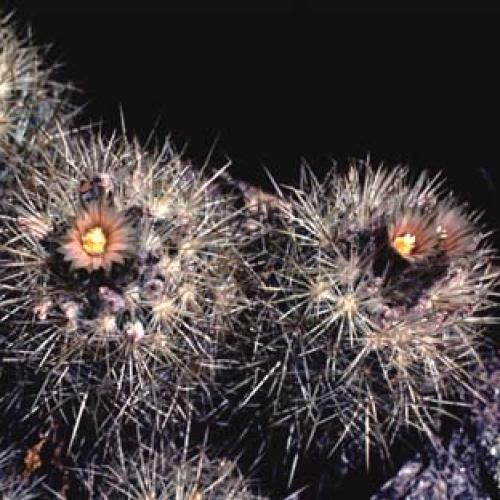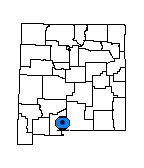Escobaria organensis (Organ Mountain Pincushion Cactus)
| USFWS | State of NM | USFS | BLM | Navajo Nation | State Rank | Global Rank | R-E-D Code | NMRPTC Status | Strategy Status |
|---|---|---|---|---|---|---|---|---|---|
| E | S2 | G2 | 2-1-3 | R | SS |
| Overall Conservation Status | Documented Threats | Actions Needed |
|---|---|---|
| MODERATELY CONSERVED | Fire & fire suppression |
genetic/taxonomic studies |
*New Mexico Native Plants Protection Advisory Committee. 1984. A handbook of rare and endemic plants of New Mexico. University of New Mexico Press, Albuquerque.
*Castetter, E.F., P. Pierce and K.H. Schwerin. 1975. A reassessment of the genus Escobaria. Cactus and Succulent Journal (U.S.) 47:60-70.
*Zimmerman, D.A. 1972. A new species of Coryphantha from New Mexico. Cactus and Succulent Journal (U.S.) 44(3):144.
Flora of North America Editorial Committee. 2003. Flora of North America, volume 4. Oxford University Press, New York.
For distribution maps and more information, visit Natural Heritage New Mexico


